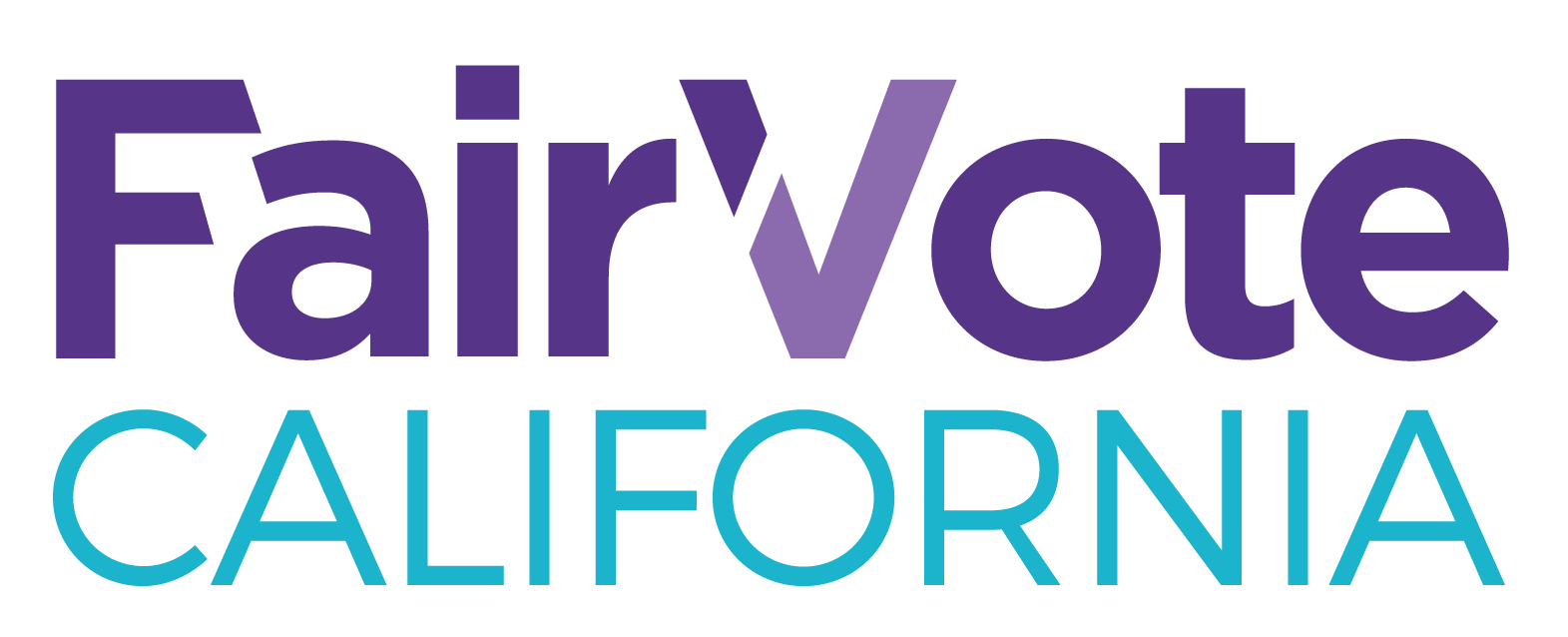This piece was originally published in BeyondChron.
While many voters across the country are strategically pondering how to cast their ballot, voters in four Bay Area cities (San Francisco, Berkeley, Oakland, and San Leandro) will use ranked choice voting to elect its officials. They’ll have far more freedom to vote for their favorite candidates and elect leaders who will make important policy decisions with longstanding impacts over affordability, development, homelessness, transportation, and education.
In San Francisco, ranked choice voting will help voters choose among the many candidates running this November. There are nine candidates vying for the open seat in District 1 (currently held by Eric Mar); five candidates in District 7 (currently held by Norman Yee); four candidates in an open seat race in District 9 (currently held by David Campos); and five candidates in the open seat in District 11 (currently held by John Avalos).
In Berkeley, ranked choice voting will help voters elect the city’s new mayor among eight candidates. In the city council race, ranked choice voting will come into play for three candidates in District 2, four candidates in District 3, and three candidates in District 6.
In Oakland, three candidates will compete for the District 7 council seat, and five candidates are currently campaigning for the at-large council seat. Oakland also utilizes ranked-choice voting to elect its school board members, and there are currently four candidates in District 3, as well as four candidates in District 5.
For those who are recent arrivals to the Bay Area or are new voters: ranked choice voting gives voters the freedom to rank candidates as their first, second, and third choice. It works like a runoff except that a winner is decided during a single November election when turnout is highest and more diverse. The winner is the candidate with a majority of votes either in first choices or a combination of first choices and the next choices of voters whose candidate was eliminated.
The way it works is simple: Voters rank the candidates using the three columns on the ballot to indicate their first, second, and third choice. On Election Day, all first choices are counted. If a candidate receives a majority of first choices they win just like in any election. If no candidate has a majority, the last-place candidate is eliminated, and voters who ranked that candidate as their first choice have their ballot instantly go to their next choice. This cycle repeats until there are two candidates and the candidate with a majority wins. This way, a candidate is elected under majority rule when most voters will be casting a ballot, and a winner will be more broadly representative.
A real benefit is that ranked choice voting allows voters to vote their true preference. If a voter’s preferred candidate is eliminated, then their vote counts for their second or third choice candidate. No longer is there a fear of “vote splitting” among like-minded candidates or candidates from the same community. Voters can base their vote on their hopes and values rather than their fears.
For campaigns, under ranked choice voting, door-to-door face-to-face interaction and coalition building will matter more than money in politics. Since candidates must have the support of more voters to win, they must engage with a broader voter base instead of relying on their sole constituencies. Candidates need to seek out second-choice rankings from voters whose first choice may be somebody else. What you should expect to see are campaigns that are more focused on ideas and values in a ranked choice voting election.
There is no need for “bullet voting,” a tactic where a voter will only cast one vote on a ranked choice ballot. Some campaigns mistakenly believe that if their supporters rank other candidates second or third, this would somehow dilute the strength of that voter’s first preference or hurt the chances of that candidate getting elected. But this is not the case. Under ranked choice, if a voter has ranked a candidate first, that ballot will only count as a vote for that candidate and provide no benefit to other candidates so long as that candidate is still in the running. A voter’s second or third choice candidate is considered only once their preferred candidate is eliminated.
The Bay Area has enjoyed ranked choice voting for several election cycles, and other cities now using it include Minneapolis (MN), St. Paul (MN) and smaller cities in Colorado, Maine, Maryland, and Massachusetts. In November, voters in Maine will decide whether to adopt it statewide. Question 5 in Maine would give voters the power to rank candidates running for U.S. Senate, U.S. House, Governor, and Maine state legislature beginning in 2018. The Bay Area has been leading the way with ranked choice voting and Maine represents another potential historic win for voters.
Bay Area voters should take advantage of the greater choice that will be provided this November 8. I encourage San Francisco, Berkeley, Oakland, and San Leandro to vote for the candidates they like by ranking a first, second, and third choice. Doing so will ensure their vote is counted for a true win for the community.

Be the first to comment
Sign in with
Facebook Twitter